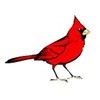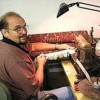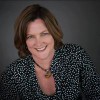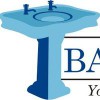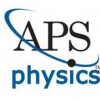
Issues related to gender identity and the expression of femininity are key to understanding the high representation percentage of women in physics in Muslim majority countries.
New work brings "qudits" (quantum bits with more than two states) closer to reality.
“As a child I was fascinated by rainbows. Later I learnt that physics—and specifically optics—could help me understand these beautiful arcs of colors.” Marie Abboud of Saint-Joseph University, Lebanon, on why she became a physicist.
In the Middle East and Western Asia university physics lectures share an enviable element: women make up the majority of students. Physics Magazine has been learning why.
Empower women to pursue careers in physics by contributing to the Millie Dresselhaus Fund for Science & Society. Widely regarded as the "Queen of Carbon," Dresselhaus is remembered for her extraordinary contributions to #nanoscience and her mentorship of many scientists and engineers #...
APS President Jim Gates shares what he hopes to accomplish by mapping out his four key areas of focus for this year… https://t.co/ztsoHckbWi
COVID-19 has impacted teachers in ways we couldn’t have imagined. Help us recognize outstanding physics teachers by… https://t.co/Xga4LR3S4i
Throughout #WomensHistoryMonth you can apply to be a @STEPUPphysics Advocate! Submit your app by April 2 to be on t… https://t.co/TKE52PoQel
Looking for an exciting leadership opportunity, where you’ll get to learn more about APS & engage w/ fellow student… https://t.co/jE8DcWh4n2
Applications are STILL being accepted for the Bridge Program, which aims to increase the number of African American… https://t.co/PdobSPDNvO
Similar Businesses
